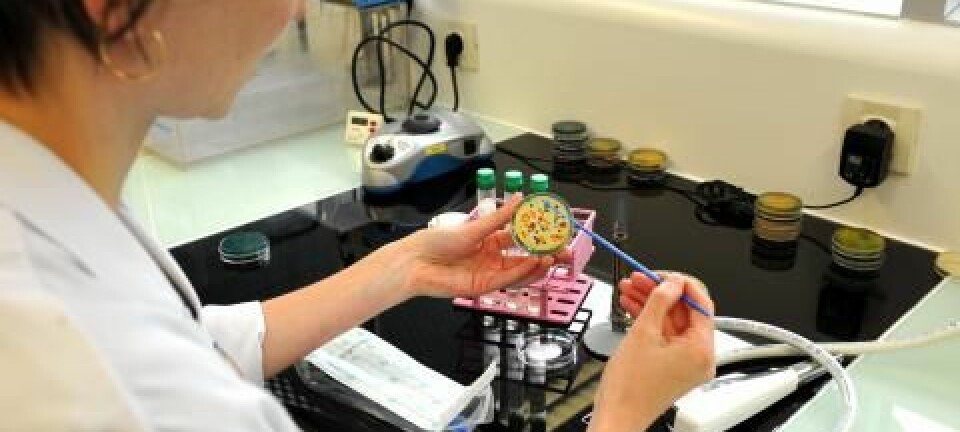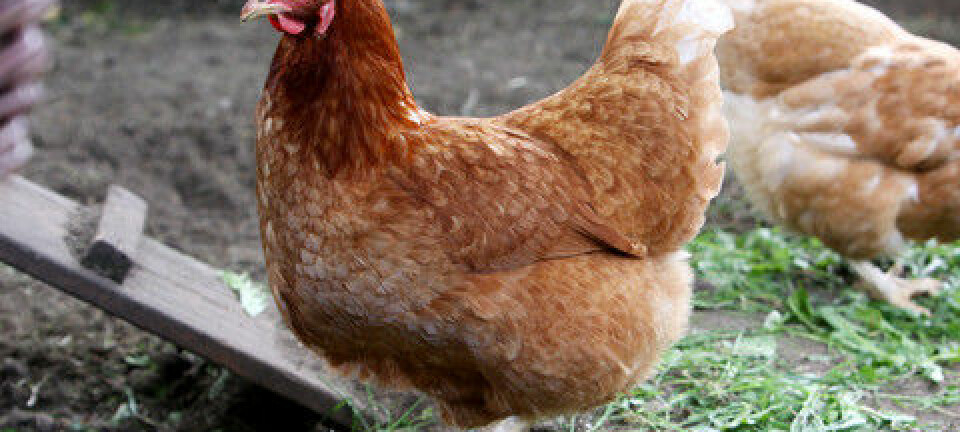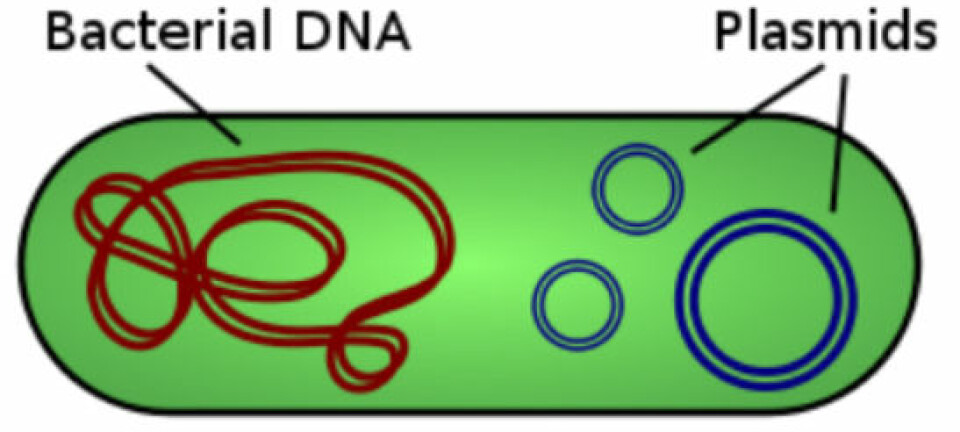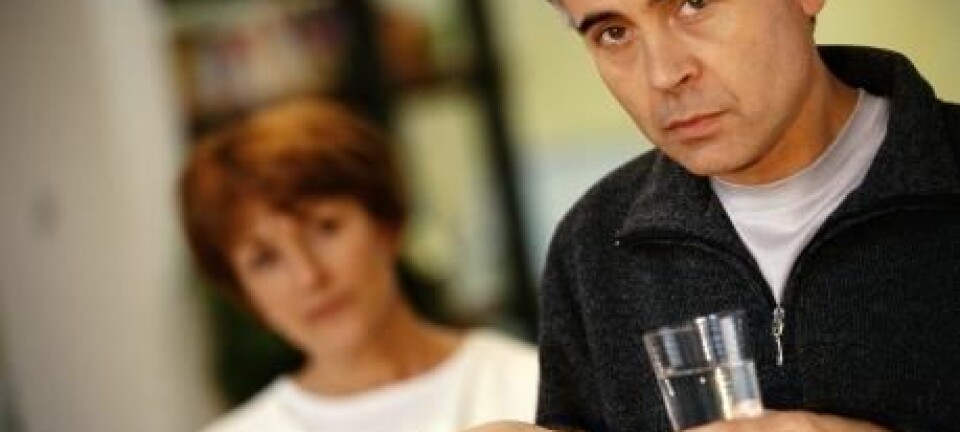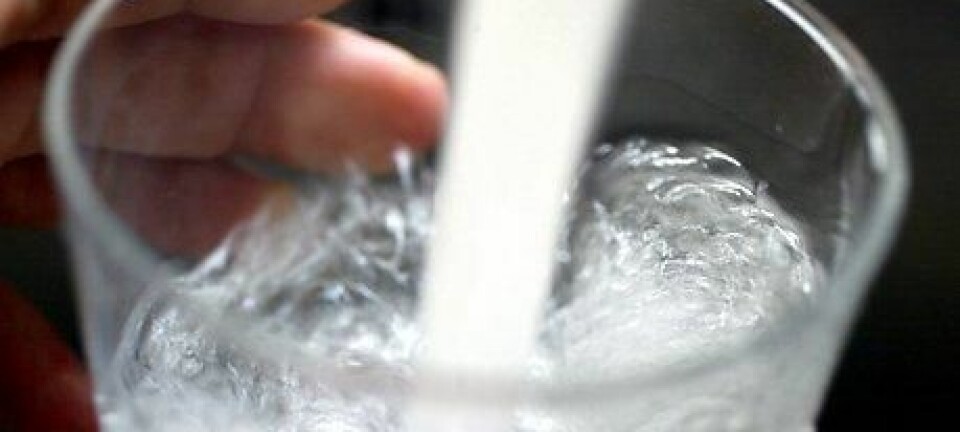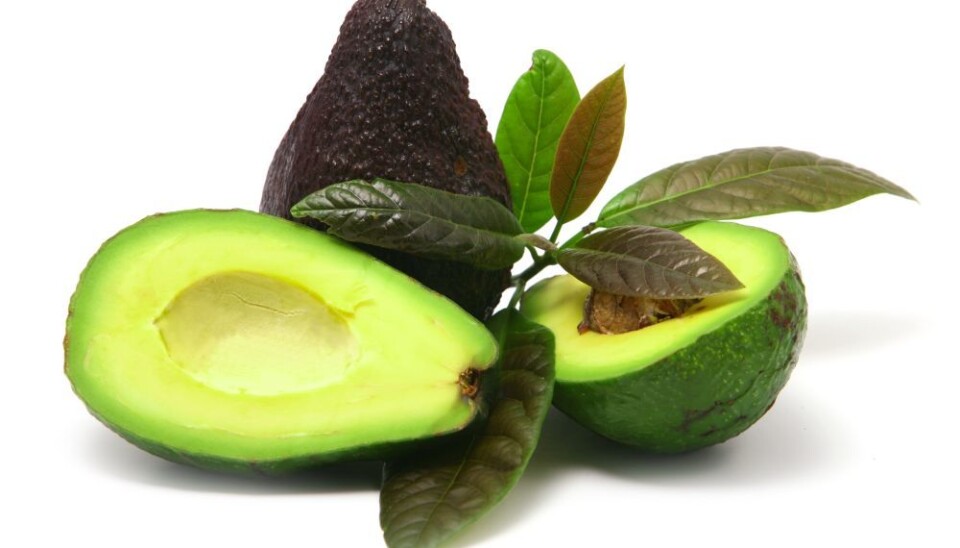
Multi-resistant bacteria fear avocados
Substances in avocado plants can fight off multi-resistant bacteria. The newly-discovered extracts can complement existing antibiotics.
While on a research trip to the Chilean rain forest, a Danish PhD student found a variant of the avocado plant Persea lingue which can be used in the fight against multi-resistant bacteria.
Extracts from the plant’s leaves have proved effective against the dreaded resistant staphylococci, which are plaguing hospitals around the world.
The extract can destroy the bacteria’s resistance mechanism and make it easier for traditional antibiotics to fight off the bacteria.
“Chilean rainforest Indians have long been using extracts from the avocado plant’s leaves to treat wounds and infections,” says Jes Gitz Holler, a PhD student at the University of Copenhagen’s Department of Medicinal Chemistry, who is behind the groundbreaking finding.

“So I thought it could be interesting to study the substances in these leaves.”
Avocado substance affects bacteria’s pumps
Holler believes the substance in the avocado plant has an effect on the bacteria’s efflux pumps, although this has yet to be proved conclusively.
The efflux pumps are located in the bacteria’s cell membrane and transport antibiotics out of the bacteria. This numbs the antibiotic effect and makes the bacteria resistant.
Substances with similar effects have been studied by other researchers and could well become an important weapon to combat the increasing problem of resistant bacteria.
“We’re currently seeing a lot of focus on the efflux pump,” says Holler. “We’re only starting to realise how important these pumps are in the development of resistance. This knowledge will provide us with a new way of combating bacteria.”
The efflux pumps are one out of three or four different mechanisms for developing resistance in bacteria (see Factbox).
Hard to develop resistance against new substance
Since the substance in the avocado leaves doesn’t directly kill off bacteria, Holler believes it would take some time for the bacteria to develop a resistance to it.
“Bacteria are less likely to generate resistance to a substance that doesn’t kill them. They would probably rather focus on the antibiotic.”
Nature shows the way to new drugs
Designing new drugs for medical products is usually a very expensive process. Luckily, says the researcher, the first step in this costly affair has already been taken care of by nature.
Nature has spent millions of years on designing drugs that can benefit us humans. Some of these drugs have biochemical functions that researchers hadn’t even considered, so we could learn a lot from looking at the way plants and animals fight bacteria.
“With regards to antibiotics, we haven’t seen much progress over the past 50 years,” says the researcher.
“We need to find other ways of solving the resistance problem. By supplementing existing antibiotics with natural substances, there’s no need to design new and expensive antibiotics. We can just keep on using the ones we have.”
Further work needed
The purified compound from the avocado leaves is, however, far from ready to hit the shelves in pharmacies.
Holler is currently working on developing a synthetic version of the substance. Since the original extract has a very large molecular size, he hopes that a synthetic variant would be smaller and less complex, making it cheaper to put into production, while still retaining the potent effect.
Subsequently, the substance will be tested on animals before clinical tests can be performed on humans.
“It’s up to others to produce the drug commercially. It costs a lot of money to make a drug ready for use, but we’ve done the groundwork for them by finding the substance,” says Holler.
--------------------------------------------------
Read the article in Danish at videnskab.dk
Translated by: Dann Vinther
